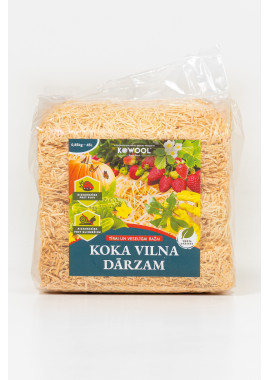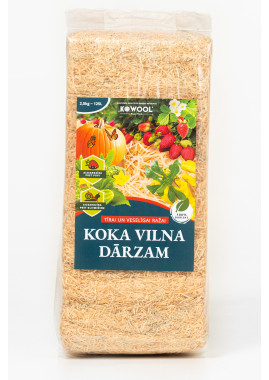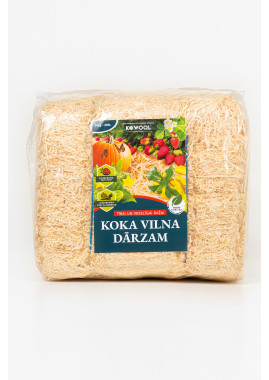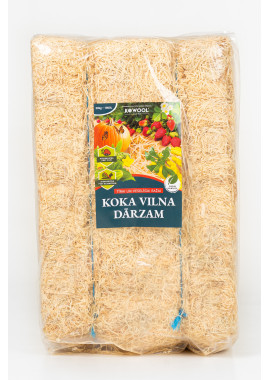Comparison: Wood wool vs straw in the garden
🌿 Let's compare — wood wool and straw in the GARDEN!
Many people ask, what is the difference?
🌾 Straw
+ Advantages:
Easily available in the countryside or from local farmers
Absorbs moisture
Lower cost
− Disadvantages:
Only lasts one season
May contain weed seeds that start to sprout in the soil
Quickly starts to rot in moisture and gives off an unpleasant odor
Does not protect against snails
May promote the spread of pests and insects
🌲 Wood wool – aesthetic and practical
It is 100% natural, made from spruce or pine wood without any chemical additives. Wood wool is breathable, lightweight, and has a structured form that retains air and moisture around plant roots.
+ Advantages:
Does not decompose as quickly as straw – lasts longer
Retains an airy structure – improves soil aeration
Aesthetic and neat – also suitable for decorative plantings
Minimal risk of mold
Does not promote the spread of pests or snails
Easy to remove after the season — leaves no debris
− Disadvantages:
More expensive than straw
Fibers must be separated before use
🪵 What is KoWool wood wool?
KoWool wood wool is made from spruce or pine wood sourced from sustainably managed forests. The logs are peeled, dried, and processed in special machines, where they are shredded into fine fibers.
Spruce wool is lighter and softer — suitable for covering plants, packaging, and decoration.
Pine wool is more durable, with a resinous aroma and reddish hue — it can also be used for technical purposes.
The finished wood wool is packaged in various sizes depending on the application — from small packages for home use to bales for professional use.
Conclusion
If you need a cheap, seasonal mulching material, straw is a good choice. However, if you are looking for a visually appealing, clean and practical soil cover with a longer service life, wood wool is a thoughtful and sustainable solution!












